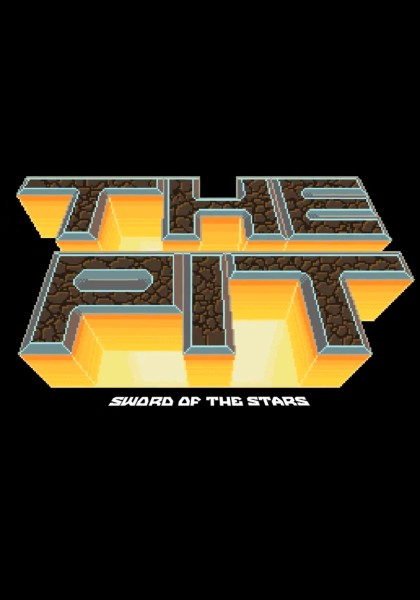Sword of the Stars: The Pit Review
-
Category: ReviewsHits: 26686

Article Index
Page 2 of 3
Skills, meanwhile, cover everything from using various types of weapons, to utility stuff. Unlike attributes, skills are not quite as well balanced or universally useful. For instance, there is a lot of overlap and confusion in how weapons are handled - there is a melee skill which only affects hand-to-hand combat, a knives skill which does not extend to blades, rifles don't cover assault rifles, and so on. Meanwhile, some non-combat skills are almost required to proceed effectively (lockpick), while others have very few uses outside of specific situations (installing biomods). Non-combat skills also have the same redundancy issue - most of the non-combat skills do very similar things, like opening different types of containers. I would have liked to see a few more unique options available, such as hacking computers to open doors, disable traps and reprogram security systems. The Pit also features an extensive crafting system, but it's not something I found myself engaging with extensively. Not only is there a chance of breaking a lab bench or cooking station every time you use it, but if you try to use an invalid recipe, you will always lose all ingredients. Many crafting recipes are counter-intuitive, and ones you'd expect to work don't. For instance, the tutorial teaches you that combining bread and meat will make a "sotswich", but if you try to combine bread and cheese, the process of creating that sandwich will apparently be so catastrophic as to destroy both the bread and the cheese. Similarly, combining one variety of meat with another item will work, but a second variety of meat won't work. Because recipes are fixed and not randomized upon every game restart, the 100% item loss for crafting failures seems less like a fair game mechanic and more a contrived way to encourage additional replays - I would have preferred a 50% item loss chance for failed crafting, or at least a chance determined by your skill set.
Combat in The Pit is probably its most unique element. Like most modern roguelikes, it plays out in a top-down turn-based format, running in real-time with no enemies around but slowing down when they draw near. The vast majority of roguelikes are fantasy-themed, and as such often don't give ranged combat its fair due, but The Pit is far more geared towards it. For example, it features a novel aiming mechanic that allows certain full-auto weapons to target multiple enemies within a single turn, effectively dividing your damage between them. You can expect to have to choose your weapons very carefully for each situation - hoard your best stuff for later and you can easily find yourself pushing up daisies. Tactical positioning also matters, and knowing when to fire, reload or retreat will often determine whether you survive a battle. Sometimes combat can get a bit "cheesy" because of the reliance on kiting enemies to avoid getting swarmed, but that's not a problem exclusive to The Pit compared to other games in its genre.
If I had one complaint to make about combat, it's that there's just a bit too much of it. Every class in the game is basically forced to invest heavily into weaponry into order to survive, due to the high number of enemies. This makes playing the Marine class a cakewalk in the beginning; Engineers, by contrast, will struggle early on, but find themselves rolling in resources later if they can make it through. Scouts are an interesting choice thanks to their large number of grenades and long-range rifle skills, but I never felt like I had a significant advantage over other classes while playing as her. It would have been nice to see a stealth skill to avoid enemies altogether, and other alternatives like reprogramming security bots. I do like that enemies are suitably dangerous and resources limited enough that you really have to think about how to proceed, but there is definitely a missed opportunity here for more creative ways to deal with monsters.
Last, The Pit features an interesting color-coding approach to its random elements. Items like biomods (upgrades for your gear) are colored, not named, and the effects of each color are randomized each time you start the game. This means that you'll want to make notes on which upgrades might be beneficial and which might be harmful, and unlike the crafting system you won't be able to look up an FAQ to save yourself time experimenting - or cheating, if that's your perspective. Traps follow the same formula, with different colors indicating different effects, some beneficial (yes, traps can heal you) and some extremely unfortunate (30 turns of blindness or poison).


